Countries brace for ‘silent tsunami’ of antibiotic-resistant infections
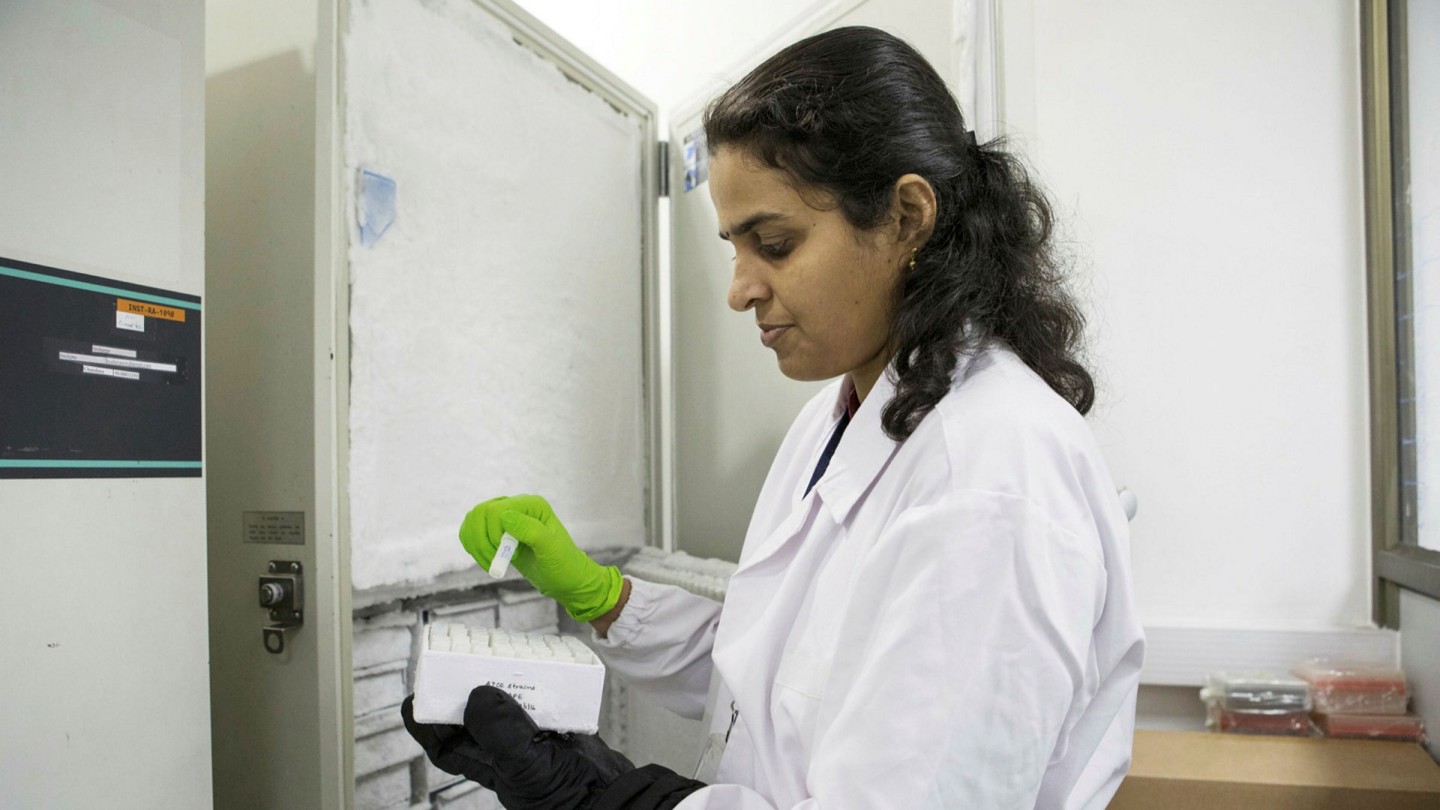
Roula Khalaf, Editor of the FT, selects her favourite stories in this weekly newsletter.
This story is the introduction to a Special Report on the Future of Antibiotics, investigating the pressures doctors are under, what new treatments are currently in the pipeline, as well as the role of the consumer in fuelling global resistance to antibiotics.
When drugmaker AstraZeneca closed down its research and development centre in Bangalore six years ago, some of the local scientists managed to find new jobs at a nearby biotech start-up. Since then, they have been working to tackle a problem which is causing concern among doctors in India and around the world: increasing resistance to antibiotics undermining treatments.
For Anand Anandkumar, the chief executive of Bugworks, the burden is personal. His father, a leading infectious disease doctor, died after a cardiac intervention led to a Klebsiella pneumoniae bacterial infection that drugs could not treat. His co-founder lost a baby in hospital to a fatal form of E. coli.
“This is a silent tsunami,” he says. “We have the biggest superbug problem. In three to five years, many Indian hospitals will delay surgery unless it’s absolutely life threatening. If this isn’t a pandemic, what is it?”
The task is substantial for the limited number of researchers like him. Larger companies like AstraZeneca favour prioritising more lucrative lines of drug development and have sold off rights to their existing antibiotics, leaving smaller companies like Bugworks trying to fill the gap of producing new antibiotics which humans are less resistant to.
For them, finding a sustainable financial model has proved difficult. Last year, for example, the biotech company Achaogen — which had previously received US regulatory approval for its novel antibiotic plazomicin — folded after failing to generate sufficient revenues to win continued backing from its investors.
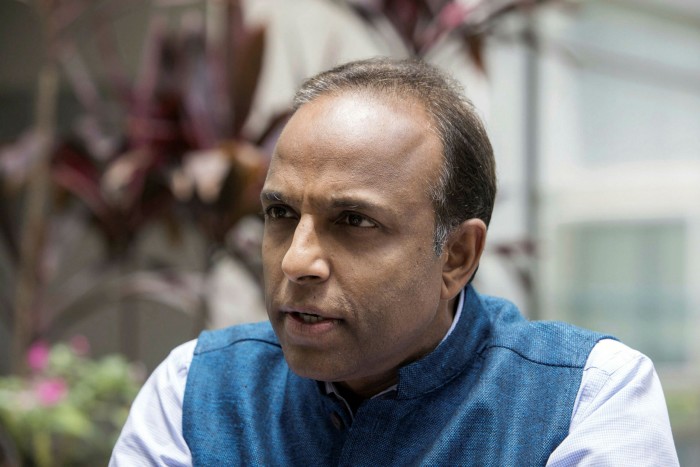
Little more than half a century after the first antibiotics revolutionised medicine, overuse threatens existing treatments while the pipeline of replacements is thin. There are signs of progress, but they have proved sluggish — further slowed after the coronavirus pandemic monopolised the world’s attention.
While comprehensive data is lacking, the World Health Organisation calls antibiotic resistance one of the top 10 public health threats facing humanity. According to the Centers for Disease Control and Prevention, the US alone has more than 2.8m cases and over 35,000 deaths a year. The UN fears 10m deaths a year from drug-resistant infections worldwide by 2050.
One fundamental driver is misuse. In many countries, drugs are far too easily and cheaply available without a prescription. Counterfeit and poor quality medicines provide insufficient active ingredient to kill an infection, fuelling the development of resistant bacterial strains.
Many patients take incomplete courses of treatment because they cannot afford to buy the full dosage or stop early once they feel better, particularly if the drug has side effects. But even if they seek and adhere to professional medical advice, doctors frequently prescribe inappropriately — for example to treat viral rather than bacterial infections.
Much transmission takes place in hospitals, with strains brought in by some patients and transferred to others, reflecting inadequate detection, isolation, hygiene and control measures. Marc Mendelson, head of infectious diseases and HIV medicine at the University of Cape Town’s Groote Schuur Hospital, says: “In South Africa, we have 42 infectious disease specialist consultants for a population of 60m. I’ve visited hospitals in Italy with more than that. You need microbiologists, laboratory access, an ability to diagnose. And we have a massive cadre of private doctors in the communities who will treat everything with an antibiotic.”
Aside from inadequate tools and medical resources, he points to underlying problems of sanitation, clean water and wider social factors that spread disease in poor regions of the world. “The real driver that feeds everything is the massive burden of infection in lower and middle income countries,” he says.
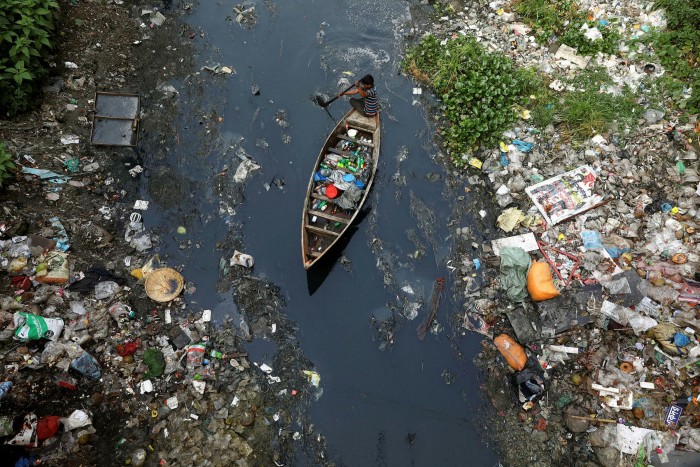
But in parallel, the food chain also fosters antibiotic resistance. Life-saving drugs such as colistin — a so-called last resort antibiotic — reduce infection and promote growth in animals. Human and cattle effluent puts medicines into the water system. Antibiotics are even used in crop cultivation, notably arable and rice production in south-east Asia and China.
Despite such pressures, John Rex, a pharmaceutical industry veteran who is chief medical officer at biotech company F2G, professes cautious optimism. “We are in an amazingly strong position relative to 10 years ago,” he says. He points to several scientific and inter-governmental initiatives that have raised awareness and developed a series of reforms.
New “push” funding and co-ordination for early scientific research on antibiotics has come through the Global Antibiotic Research and Development Partnership and the Combating Antibiotic-Resistant Bacteria Biopharmaceutical Accelerator, which funds Bugworks in Bangalore. The pharmaceutical industry recently launched a $1bn AMR Action Fund to support companies conducting later-stage trials of experimental drugs.
That still leaves a gap for significant “pull” rewards for newly-approved antibiotics. The idea is to “decouple” the payment to companies that develop a new drug, from the normal link to its usage. Instead, they would receive substantial money upfront for simply launching an effective innovative medicine, to slow the speed of resistance by discouraging its widespread prescription. Mr Rex likens the system to fire extinguishers or life insurance — something society funds while hoping it will not need to be used. “People must be willing to pay for something that is terribly boring — preparedness,” he says.
The UK’s NHS is running a pilot which would pay rewards of up to £10m a year for new antibiotics regardless of the volumes prescribed. A similar project is under way in Sweden, and in the US, the proposed Pasteur Act would offer upfront incentives totalling $10bn for innovative drugs.
But money to stimulate new antibiotics will not be sufficient. Yusuf Hamied, the head of Cipla, the Indian company that bought the rights to plazomicin from Achaogen after the drug was approved in the US, says regulatory barriers remain too high. He also suggests developing “boosters” and inhaled formulations of existing antibiotics to reduce the volumes of medicine required.
Financial incentives will also be needed to develop new diagnostics that can more rapidly, reliably and cheaply distinguish whether and which drugs are required; and new practices to promote better “stewardship” by health systems to ensure existing treatments are used more appropriately.
To bring pressure on the food chain, fund manager Jeremy Coller, founded the Farm Animal Investment Risk and Return initiative for investors demanding that producers and restaurants switch to more sustainable production methods, including eliminating antibiotics. Coupled with legislation and consumer pressure, companies including McDonald’s are responding.
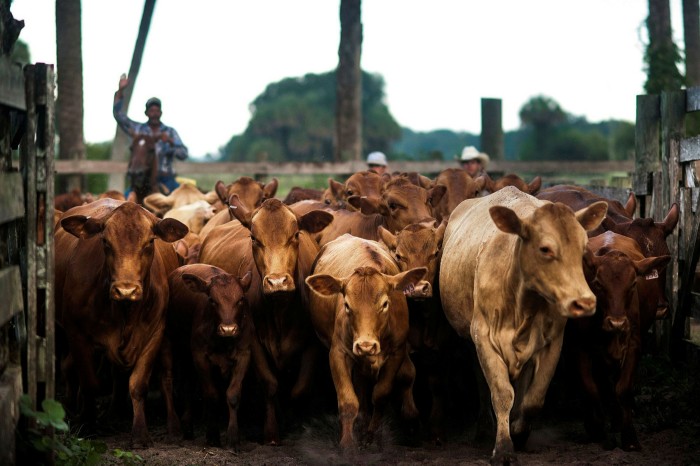
Separately, Timothy Walsh at Oxford university is researching animal-specific antibiotics, to shift farmers away from using drugs needed for patients. “Instead of spending $1bn to develop a new magic bullet for humans, we’re looking for novel compounds to use in aquaculture and agriculture, particularly for poultry,” he says.
New regulations limiting the use of antibiotics in farming have been introduced in the US, the EU and China, although Prof Walsh argues they leave loopholes, such as allowing the re-export of drug-infused animal feed from manufacturers in these countries to others with less stringent controls.
Others suggest that resistance to antibiotics is inevitable, and that more emphasis should be placed instead on developing and increasing the use of existing as well as new vaccines to prevent the spread of bacterial infections such as meningitis in the first place.
Jim O’Neill, who led an influential review of antimicrobial resistance, argues that just as regulators have started to scrutinise the financial risks of climate change to banks, the IMF should turn its attention to the dangers to countries from drug resistance. “It needs to start developing expertise to offer its independent voice on the strength and quality of health systems,” he says.
As the UK prepares to host the G7 as well as the UN’s COP26 climate change conference in 2021, and Italy to take on the presidency of the G20, Mr O’Neill says they should focus on antibiotic resistance. “Even if you have the G7, what can you do without India and China in the G20?” he says.
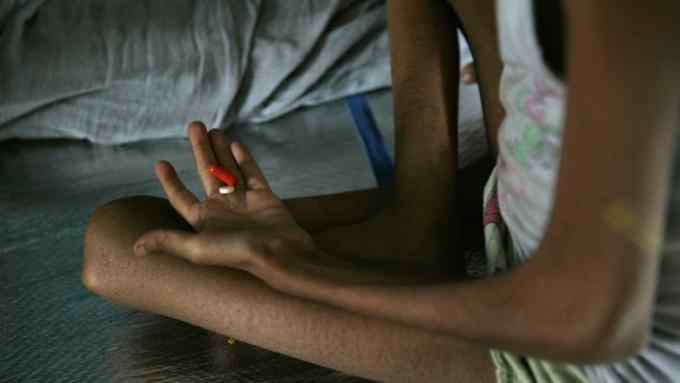
Comments